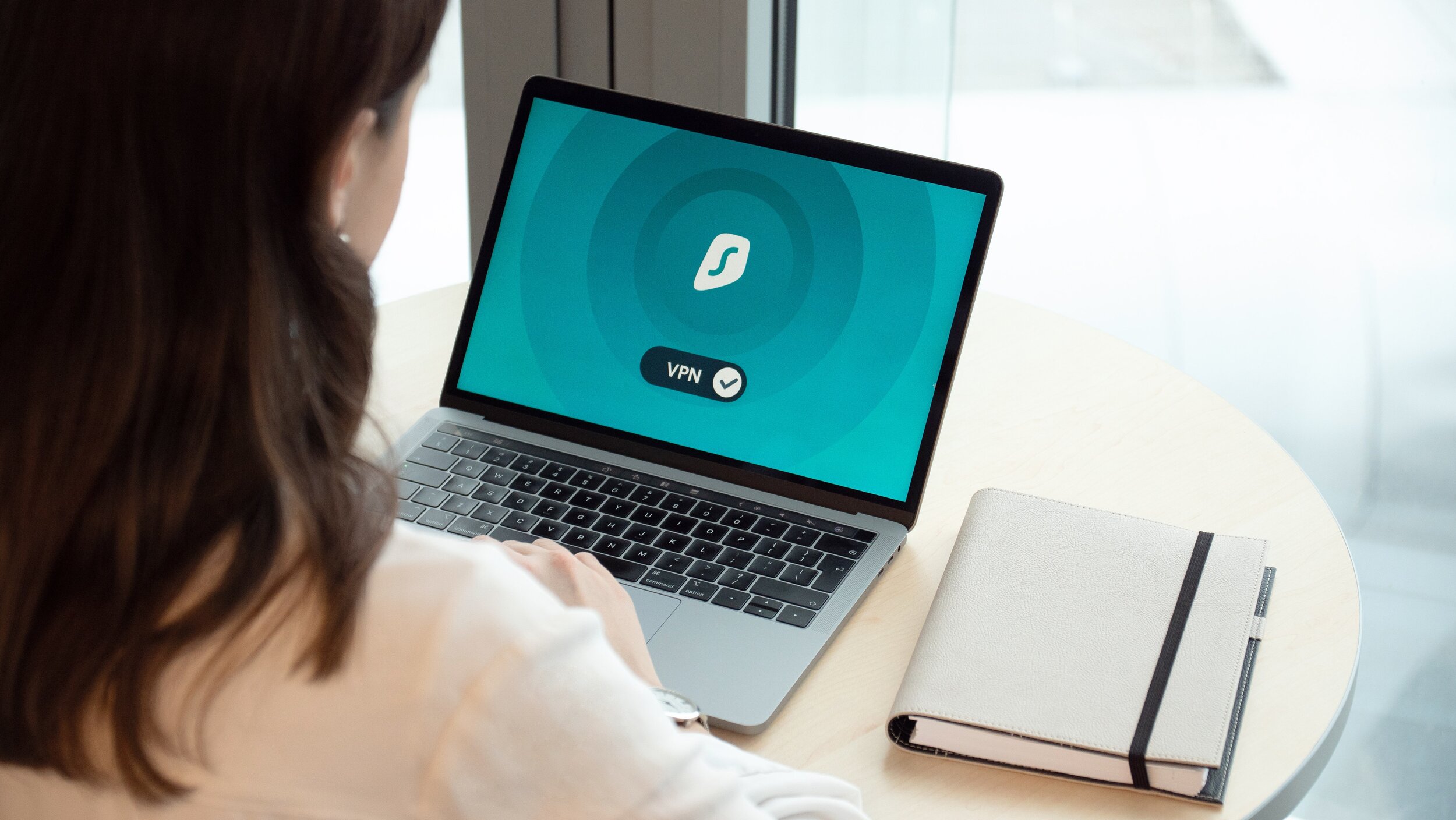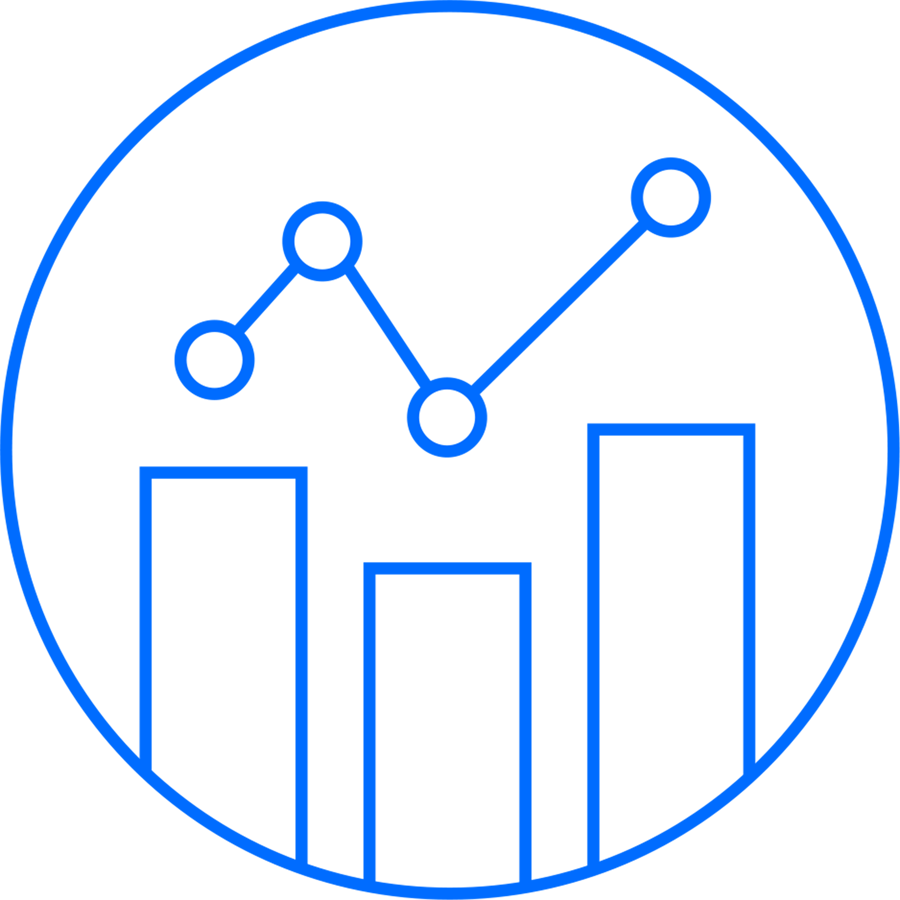An overemphasis on data-driven work within the nonprofit sector has been shown to result in cycles of disempowerment, driven by third-party data demands of funding bodies. This compounds due to the many market orientations nonprofits need to adopt, particularly prevalent among the arts. A key to navigating these markets and funder requirements lies in identifying a specific data culture best fit for your organization and investing in resources and training in order to achieve that framework sustainably.
Arts Organizations & Using the AI Stack
Carnegie Mellon University (CMU) was ranked number one in 2022 for Artificial Intelligence Programs by U.S. News and World Report. Incorporating CMU’s AI lessons is critical for all industries but particularly those that are historically considered to be “non-technical fields.” Within these fields, the ones who thrive will be those who incorporate at least the lower levels of the stack, namely data management, but an understanding of each layer of the stack will provide industries with a road map to understand how they can increase the efficiency and output of their organization’s business processes.
Boosting Cybersecurity for Remote Work in the Arts
Remote work generally poses greater security threats to organizations than in-person work since, for example, employees use home networks and access organizational information on personal devices. Even before the Covid-19 pandemic, cybersecurity was becoming a bigger threat for smaller organizations and nonprofits. It may seem fatalistic to ask arts organizations to prepare for the worst cyberattack situation—one that might seem unlikely—but managers should think of cybersecurity as another aspect of making their organization stronger, just like ensuring patrons’ physical safety and protecting the organization’s financial health. Now that the pandemic has forced many aspects of arts organizations’ operations online, managers can use this opportunity to survey their organization’s digital landscape and potentially open the door for more remote work opportunities in normal times.
What Arts Nonprofits Should Know About Data Privacy and Security
In a survey of 467 nonprofit professionals, EveryAction and Nonprofit Hub found that 90% of nonprofits are collecting data, but that 49% of surveyed nonprofit professionals did not know how it was collected. While data clearly plays a large role in nonprofit arts organizations’ operations, few have concrete policies and procedures that guide its collection and use. In the context of changing policies about data privacy and increased risk of cyberattacks, this is a dangerous place for nonprofit arts organizations to be in. This article will summarize considerations in areas pertinent to these organizations.
Telling Stories with Data: 4 Steps to Making Data Visualizations More Readable
Data visualization helps art institutions communicate with internal and external communities more effectively and efficiently. There are a numbers of quality data visualization tools available for free, but how arts managers use these tools defines how effective the data visualization. The following four strategies provide a guideline for arts managers to create data visualization with purpose and impact.
Digital Storytelling: 5 Tools That Make Data Worth Looking At
Demonstrating Organizational Impact through Data Visualization
Back to Basics: Good Data Hygiene
The Data Divide: Small NPOs have Different Needs
Preventing Ugly Data: TRG Arts Video on Optimizing and Using Your Data (Video 3 Of 3)
Preventing Ugly Data: TRG Arts Video on Organizing and Segmenting Your Data (Video 2 of 3)
“Data doesn’t Do. People do”: TRG Arts Video on the Importance of Data Stewardship (1 of 3)
#TBT: Database Systems in the Arts
Customer Relationship Management systems (CRM) are a vital element at the heart of many arts organizations. Databases can provide invaluable information to marketers, fundraisers, and box office staff alike. This week’s throwback takes a look at some of AMT Lab’s more popular interviews and features concerning CRM systems.
What are the Professions within Data Science? Notes from an Industry Panel
What is the difference between a Data Analyst and a Data Scientist? What is the most demanded programming language for data workers entering the cultural field? And what skills are most important for those interested in working with data? AMT-Lab contributor Julia Lewis recently attended a panel which addressed these questions and more. Read her thoughts here.
Hands Off Our Data: Shifting Consumer Attitudes
The collection and analysis of consumer data is a practice that grows more ubiquitous and complex everyday. However, the dangers of mass data collection are self-apparent, and it appears that consumers might be reaching a tipping point when it comes to companies using their personal information. New evidence from the Pew Research Center suggests that growing numbers of consumers are often confused, impatient, and discouraged when it comes to how companies use their data.
Operatic Analytics
It is easy to see the ways that the production and consumption of opera have changed to match the needs of the 21st century consumer. However, it is difficult to identify similar changes reflected in the way that opera is managed. Opera companies have altered the product they are offering, but have they come up with new metrics to measure and manage their success?
#TBT: The Arts Manager's Toolkit for Data Management
Here at AMT Lab, we have been sorting through plenty of data as we prepare for tomorrow’s release of the full report from our 2015 National Ticketing Survey (stay tuned!). Today’s throwback is a collection of AMT Lab Articles that discuss tools, stories and best practices for the management and usage of quantitative data in an arts organization. Most of these are a more recent throwback, but even those articles from 2012 still provide invaluable resources for organizational leaders.
The Art of Data Management
This post, originally published on Analysis from TRG Arts, is the second in a series of blog posts sharing success stories and best practices to highlight the benefits of effective data management. Find the first post here.
Data isn’t about numbers. It’s about people. When analyzed, data tells stories about people and their actions. Right now, in your database, a story exists about the decisions that people in your organization make. And, a story exists for every patron, which chronicles their relationship with your organization.
A Data Management Love Story
This season at Dallas Theatre Center (DTC), a great love story unfolded; however, it was not presented on the stage. During a recent TRG Executive Summit, Managing Director Heather Kitchen shared a tale of romance which both inspired and invoked a bit of envy from the other participants. It was the story of her data manager and the two departments that loved her.
This post, originally published on Analysis from TRG Arts, is the first in a series by TRG’s VP of Data Services Steve Loyd addressing data management and how it can help organizations.





















